In tennis in particular, injuries often occur in the joints, especially on the shoulders. Mischa Zverev, for example, is currently affected by this, but other pros have already rushed to the bitter end of the shoulder injury. That is why tennisnet. com, in cooperation with the Tabea hospital, will take a closer look at this part of the body, which is torn by the tennis game, in a special series on injuries in the shoulder, from causes and treatment to prevention.
The Hospital Tabea in Hamburg is a highly specialized hospital for all forms and severities of orthopaedic and neurosurgical diseases of the musculoskeletal system. The renowned specialist surgical clinic was recently awarded by Focus as a selected TOP clinic for orthopaedics and endoprosthetics by the largest German hospital comparison and is thus one of the best hospitals in this area in Germany.
An integral part of the Centre for Orthopaedic Surgery at Tabea Hospital is the Department of Sports Orthopaedics and Arthroscopic Surgery, which specialises in the treatment of forms of disease in various joints. Under the direction of chief physician Dr.. Mathias Himmelspach is mainly used to treat patients with shoulder or knee problems and sports injuries. At the beginning of our series Dr. Mathias Himmelspach and his colleague Dr. Nils Farhan gives insights into the department and daily work before focusing on the causes of shoulder injuries in tennis in part two of the series.
tennisnet: Your department runs under the name of “Department of Sports Orthopaedics and Arthroscopic Surgery” – what can you imagine Tabea: In our special sports orthopaedic department we usually see patients who have been in medical treatment for a long time and suffer from persistent complaints. Our task is then to find out what causes the symptoms and determine the right therapy for each individual.
Before therapy can be carried out, however, a precise anamnesis is always given priority, supplemented by a targeted holistic examination in sports medicine.
tennisnet: How much experience do you have in this medical field – how long does the department exist in this form: Tabea: For more than 20 years I have been dealing professionally with the complaints of athletes. Five years ago I was able to fulfill a dream and set up my own sports department in the Tabea hospital.
Tabea: Initially I started out alone, meanwhile I am leading a team as head physician, and I am excellently supported by my colleague Dr. Nils Farhan as well as assistants, who are trained in this area.
Tabea: We specialise in surgical orthopaedic surgery of the knee joint and shoulder as well as the treatment of typical sports injuries, such as ruptures of the Achilles tendon or biceps tendon.
Tabea: You have to specialize if you want to work at the highest level, but at the same time you also need a complex body understanding, because the individual joints influence each other. This has always fascinated me and can be applied wonderfully in sports medicine. For example, a diseased hip joint influences the position of the knee joint. A restriction of movement in the spine leads to an incorrect strain on the shoulder and so on. The shoulder joint is the most flexible joint of the body and is particularly prone to injury in tennis. The knee joint is the largest joint and subjected to enormous stress in this sport.
tennisnet: What methods do you use for the special treatments, do the surgeries predominate or are the most outpatient treatments, Tabea: The most important thing is the exact anamnesis. When do the complaints occur, during or after the match? Since when did the problems exist, were there injuries? The next step is a sports medical examination, with a mobility check, special muscle tests and functional tests. Then one has a fairly reliable idea of the diagnosis, which is then supplemented by diagnostic equipment such as ultrasound, X-ray and MRT/CT. In many cases we recommend a non-surgical treatment, especially in case of overload damages. In the case of accidents involving ligament or cartilage injuries, surgical measures that we treat as minimally invasive as possible using the keyhole technique (arthroscopy) are more likely to be considered. As a rule, patients stay in hospital for at least one to two days.
tennisnet: Why do problems with the shoulders often occur, especially in tennis? Tabea: Tennis is a challenging, fascinating sport with abrupt braking manoeuvres and rapid changes of direction that require a high degree of coordination. The shoulder joint is the most flexible joint of the body – unfortunately at the expense of stability. This has a strong effect on the musculoskeletal system, especially on the muscles and tendons, which can easily lead to injuries.
The Tabea-Klinik: What is done in the special clinic?
Acute and chronic injuries in the shoulder: What can be done?
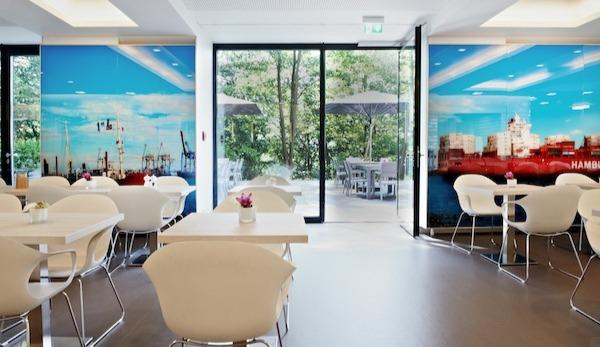



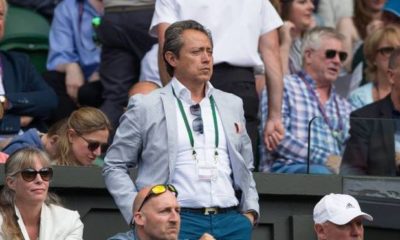

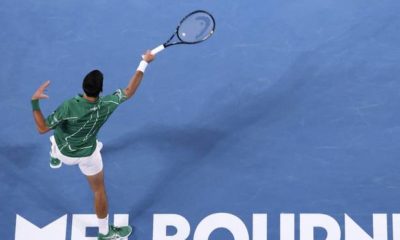
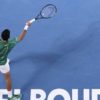
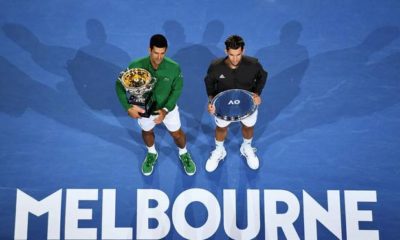

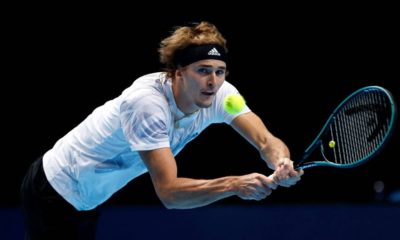



You must be logged in to post a comment Login